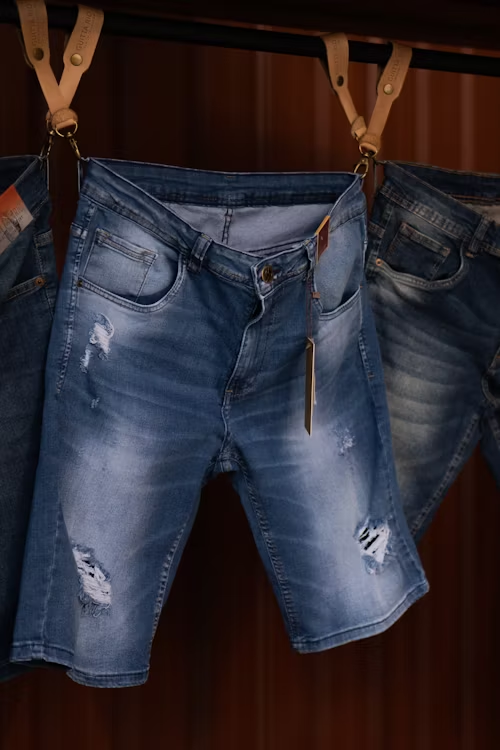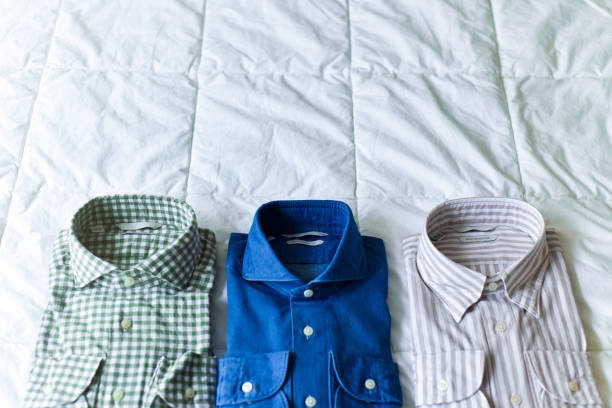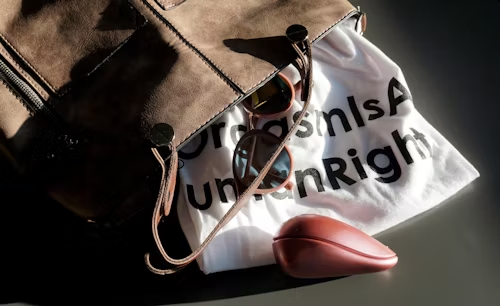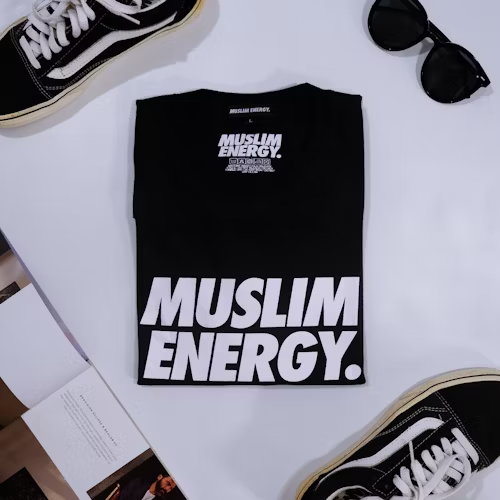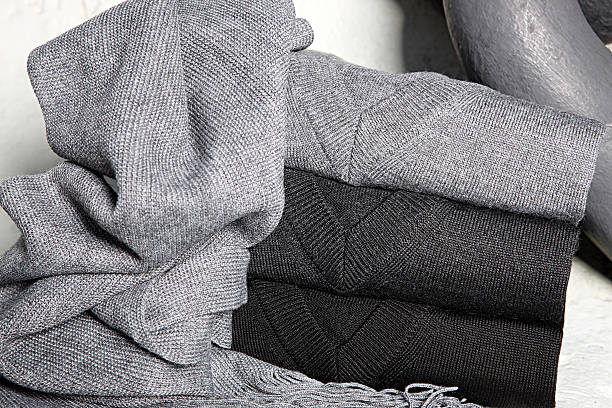Mountaineering apparel is far more than just warm clothing. It’s a highly specialized, technical system designed to protect climbers from extreme weather, harsh terrain, and life-threatening conditions encountered at high altitudes. Forget everyday jackets; this gear is engineered for survival and peak performance where mistakes can be fatal.
Here’s the breakdown of what defines true mountaineering apparel:
The Core Purpose: Protection from Extremes
Battling Brutal Weather:
Windproof: Constant, high-velocity winds accelerate heat loss. Outer layers must block wind completely.
Waterproof & Breathable: Protection from snow, sleet, rain, and wet ice is non-negotiable. Advanced membranes (like Gore-Tex Pro) keep water out while allowing sweat vapor to escape (moisture management).
Insulation Management: Temperatures swing wildly. Apparel uses sophisticated insulating layers (down, high-loft synthetics) that retain heat even when wet, combined with effective layering systems for easy adjustment.
Shielding from Environmental Hazards:
Abrasion Resistance: Gear must withstand scrapes against rock, ice, and rough snow.
UV Protection: Sun exposure intensifies dramatically at altitude. Fabrics often have high UPF ratings.
Helmet & Harness Compatibility: Hoods fit over climbing helmets, jackets have longer cuts to stay tucked under harnesses.
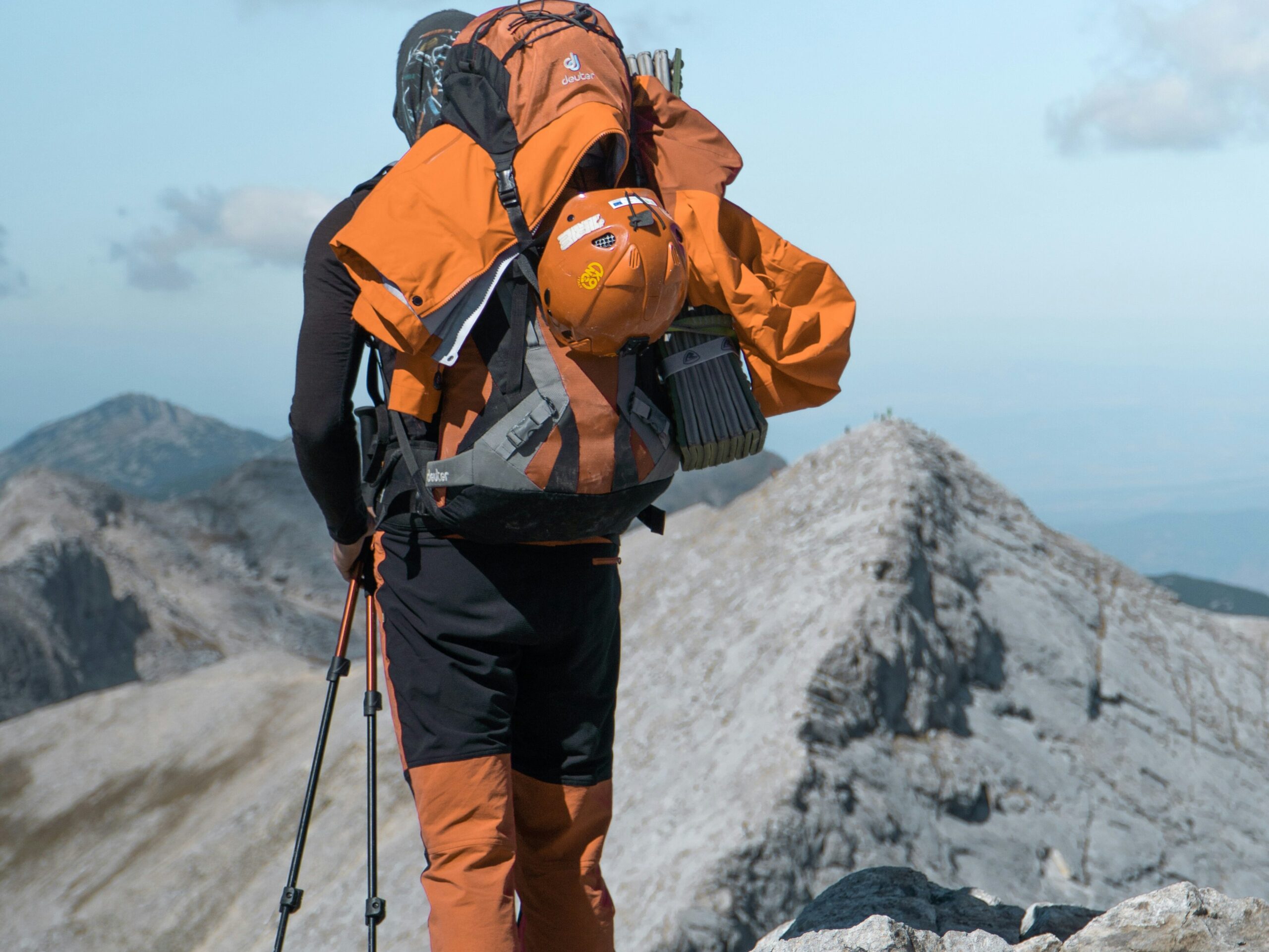
Key Characteristics of Mountaineering Apparel
The Layering System is Paramount:
Base Layer: Manages moisture directly on skin (merino wool or synthetic).
Mid Layer(s): Provides primary insulation (fleece, insulated jackets – down or synthetic).
Outer Layer (Shell): Hardshell jackets and pants are the critical shield against wind, rain, and snow. Softshells offer breathable protection in drier, colder conditions or during high-output activity.
Uncompromising Durability & Construction:
Uses reinforced fabrics (e.g., Cordura) in high-wear areas (shoulders, cuffs, knees, seat).
Features burly, glove-compatible zippers (waterproof versions are essential).
Seam construction is critical – fully taped seamsprevent water ingress.
Functionality & Mobility First:
Articulated patterning allows full range of motion for climbing, scrambling, and using ice axes.
Strategic pocket placement (chest, sleeve) accessible over a harness and with gloves on.
Adjustable hoods, cuffs, and hem for a secure, weather-tight seal.
Lightweight & Packable:
Every ounce counts when carrying gear for days. High-performance materials keep you warm and protected without being heavy or bulky. Insulation layers compress small.
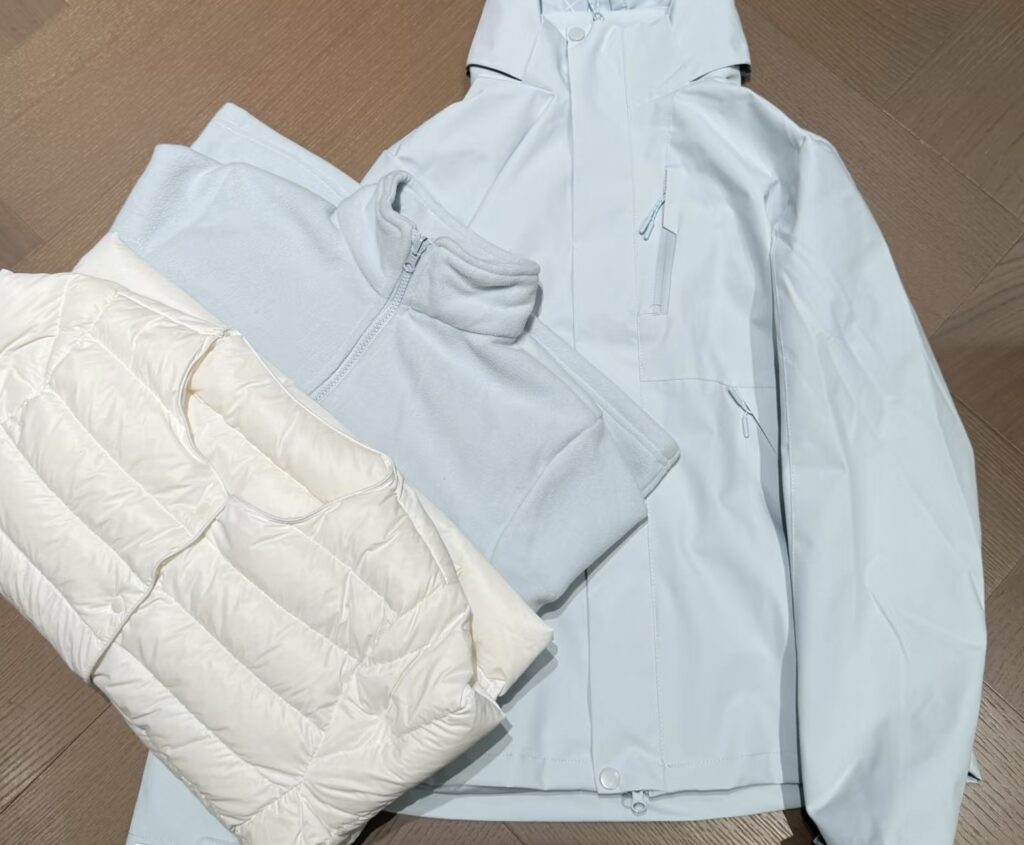
Mountaineering Apparel vs. Regular Outdoor Gear
- Higher Performance Threshold: Mountaineering gear is built for the absolute worst-case scenario, exceeding the demands of hiking or backpacking.
- Enhanced Durability: The materials and build are way tougher to handle wear and tear in rough conditions.
- Greater Focus on Safety Integration: Features like harness compatibility and helmet-friendly hoods are essential, not optional.
- Specialized Features: Crampon patches on pants, integrated climbing skirt on some jackets, reinforced crampon kick zones.
Essential Mountaineering Apparel Pieces
- Hardshell Jacket & Pants: The absolute non-negotiable outer defense.
- Insulated Jacket (Synthetic or Down): For critical warmth during breaks and in camp.
- Technical Fleece Mid Layer: Balances warmth and breathability during activity.
- Moisture-Wicking Base Layers (Top & Bottom): The foundation of temperature regulation.
- Mountaineering-Specific Gloves/Mittens: Multiple pairs for varying conditions (thin liners, insulated gloves, overmitts).
- High, Insulated Mountaineering Boots: Rigid-soled for crampons, highly insulated (though technically footwear, they are integral to the system).
In essence, mountaineering apparel is life-supporting technical equipment. It’s the result of decades of innovation, designed to create a survivable microclimate for climbers pushing their limits in the world’s most unforgiving environments. Investing in proper gear isn’t about comfort; it’s a fundamental requirement for safe and successful ascents. Getting these basics down is the first step to seeing how much goes into every zipper, seam, and fabric choice.


